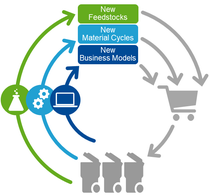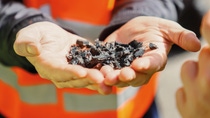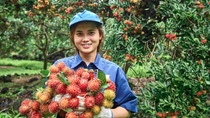Sustainability
Circular Economy at BASF
Circular economy means decoupling growth from resource consumption. BASF is driving circular economy by making the most of the limited resources of our planet: We keep them in use for as long as possible, minimize waste and create value with renewable resources.
We contribute to close and extend the loops by developing and implementing circular solutions for the materials we source, further optimizing our operations and offering resource-efficient products and services which support our customers’ circularity journeys.
We aim to move toward a more Circular Economy by increasingly use recycled and renewable feedstocks, shaping new material cycles and creating new business models. BASF has therefore launched a new Circular Economy Program. By the year 2030, BASF aims to double its sales generated with Loop Solutions for the circular economy to €10 billion. They encompass the revenue generated from our circular products, which are based on renewable or recycled materials or support the recycling process (close the loop), as well as products that increase the durability or prolong the lifespan of materials (extend the loop). To achieve this, the company is concentrating on three action areas: circular feedstocks, new material cycles and new business models.













